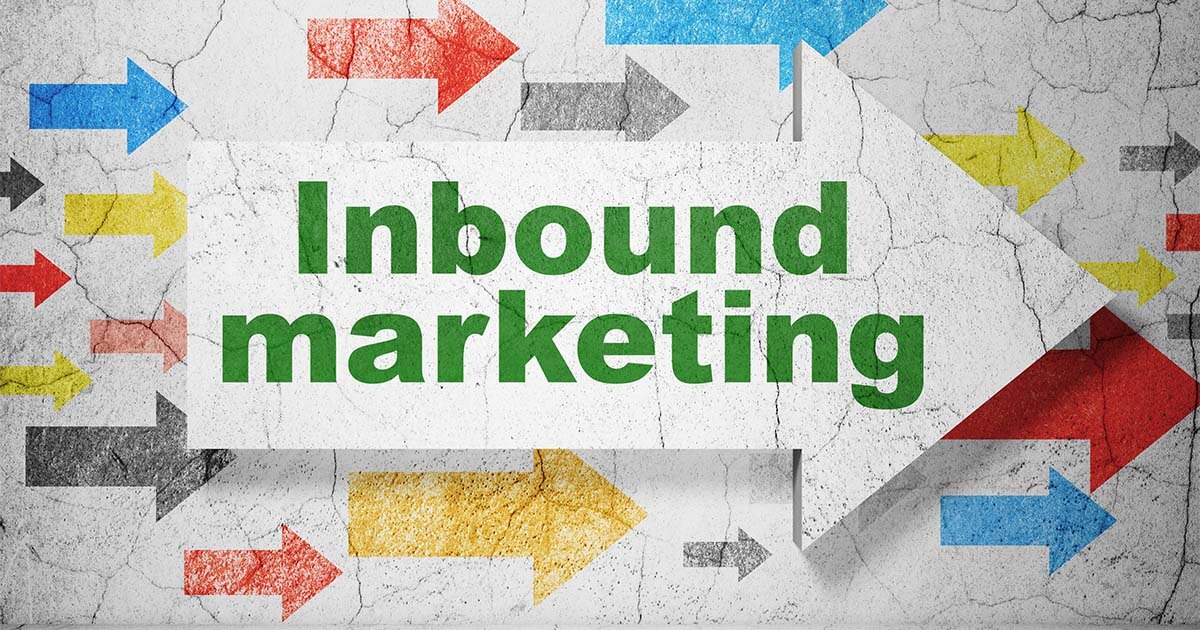Affinity marketing: Advertising through reference groups
Affinity marketing has its roots in the 1990’s when technological advances opened up new possibilities to dramatically increase the reach of marketing campaigns. It changed the industry from the ground up. With the internet, consumers suddenly had access to virtually all products on the international market, which expanded the demands and potential of marketing enormously.
Many consumers were confronted with an information overload due to the range and variety on offer. As a result, users increasingly developed perceptual barriers against online communication, with many consumers developing internal resistance to advertising.
This concept is particularly evident in the so called “banner blindness” phenomenon. Researchers have shown in studies that the average internet user is already developing a perceptive resistance to advertising banners after just a few years. After online advertising initially recorded very high reaction rates, the click rates for banners and other digital advertising media soon fell drastically.
What is affinity marketing?
To increase responses to online advertising, advertisers must develop new concepts that overcome the cognitive barriers and make the consumer curious again. Their aim is to provide the consumer with credible arguments for advertising: this is the concept of affinity marketing. A concise affinity marketing definition would go as follows: affinity marketing includes marketing measures that use the relationship of a person to a larger group with similar interests. In affinity marketing, the social involvement of individuals in groups is used to carry an advertising message more effectively.
Functions and implementation
For an affinity marketing campaign, the fundamental thing is to involve a specific group. The groups in question are called affinity groups. These consist of users who share common ground or a specific theme, such as interest in a specific hobby or product. If you want to reach more users, it is worth considering other potential candidates from outside the group. However, a prerequisite for this should be a certain level of agreement with the conventions and views of the affinity group.
But how does affinity marketing work? Standard affinity marketing practice is to find one or more opinion leaders within the set group. Communication should start with this person, who, ideally, already has a respected position within the group and enjoys a high degree of credibility. Affinity marketing works using social mechanisms. This is because group members are highly likely to be loyal to their leader. This person now acts as a link between the group members and those running the advertising campaign.
Affinity marketing uses these personal relationships within social groups to alleviate obstacles in the advertising perception and to draw attention to the product advertised. At the same time, advertisers hope to achieve a greater degree of credibility for their advertising by incorporating as many thematically relevant groups as possible.
Affinity is a sense of affiliation or common ground among group members involved with affinity marketing. Characteristics of this affinity are social identification and conformity with applicable rules and standards within the group. However, the term affinity marketing should be distinguished from target group marketing and niche marketing – these names primarily refer to the size of a group or possibly to its characteristics. Affinity marketing also involves a very special promotion technique.
In order to illustrate how affinity marketing works, it is best to use a practical example. The following scenario would be typical: as a starting point, take the marketing of a new product, for example, a new car. This vehicle is made for a special, predefined group of people – like a family van for young families. If you want to increase the popularity of the car, you can use the mechanisms of affinity marketing, e.g., have the group’s opinion leader test drive the car.
If it is a prominent person’s testimonial being sought, they receive the new car free of charge. In return, they write a review of their experiences with the car and share it with the other members of the group (i.e., young families). Ideally, the “celebrity” reports on the new product through official and/or private channels. The group members trust their opinion leaders and their recommendations, and as a result, the product receives increased demand. This is the goal of affinity marketing.
The 3 methods of affinity marketing
These three methods have been used in many successful affinity marketing campaigns:
Third Party Endorsement
The term “third party endorsement” stands for the procedure whereby a group spokesperson becomes an agent of an affinity group to further their marketing strategy. This leader could be, for example, a manager, club leader or popular athlete.
This so-called leader communicates with a selected reference group, spreading the advertising message throughout the group. The effectiveness of advertising increases depending on the popularity and credibility of the intermediary third party.
Shared Incentives
Shared incentives are an integral part of affinity marketing. These are achievements in favor of a group that is very close to the aforementioned group opinion leader. These services are not related to the advertised product and may be material or immaterial in nature. The opinion leader distributes them to the members of the group.
Enhancement Package
An enhancement package is a price reduction that is tailored to the needs of a specific group member. If the group member uses a service or purchases a product, he or she can use the discount in the form of vouchers, for example. If this measure is successful, the image of the brand or the product improves over the long term.
The 3 categories of affinity marketing
In affinity marketing, the different groups are differentiated in terms of the degree of affinity that the members within the groups experience. Taking into account the areas “affinity strength” and “public confession”, three degrees of affinity are distinguished:
If a high degree of affinity is found within a group, and the members actively regard this enthusiasm as a commitment, the group members are referred to as adherents with “real” affinity. Groups with the strongest affinity level are, for example, guilds or professional associations. The members of groups in this category fulfill their roles within and outside the group, as they often have a strong identity and a high capacity for solidarity. The pronounced social interaction between members strengthens this effect.
The most striking feature of the middle-affinity group is the low degree of public expression to the group. At the same time, however, there is a high internal affinity amongst the group members, which is genuine. Members of such groups do not usually make their membership of an association public, but act only among their peers. An example of this kind of affinity groups are collectors of antiques or other items of interest.
The low-affinity group is characterized by the fact that their internal and external affinity is marginal. This means that there is weak internal cohesion among members and that the group does not push for public declarations of membership. A good example of a low-affinity group are the users of bonus programs e.g. airlines. They use the benefits within their group but they do not link any social component among themselves.
Each of these groups also differ from each other in their ability to influence internal purchasing behavior. It is more difficult to motivate a group with low affinity to a purchase than a group with strong affinity. Applied advertising measures must be adapted to the needs of the target group, and methods of affinity marketing must be integrated into their campaigns accordingly.
The 5 manifestations of affinity groups
Being more precise in regards to the three aforementioned different forms of affinity groups is recommendable, in order to be as effective as possible, at least during the conceptual phase. Five types of affinity group have been distinguished:
- Affinity groups based on collectively pursued social interests or leisure activities (e.g., sports).
- Affinity groups based on demographic characteristics.
- Affinity groups composed of members of the same associations or establishments.
- Affinity groups defined by shared ideologies, values or creeds.
- Marketing induced affinity groups.
An exact analysis of the three affinity categories and the five manifestations of affinity groups is a fundamental prerequisite for successful affinity marketing. Once the target group and its category have been identified, the campaign can be tailored to its specific needs.
Affinity marketing’s relevance for online marketing
In various disciplines of online marketing, affinity marketing is firmly regarded as an important tool. These disciplines include almost all advertising-relevant measures within social networks. The largest search engines have long been networked with social media profiles, meaning a user is primarily exposed to advertising for products that fit his or her purchasing behavior. Algorithm based processes are regulated automatically and website operators implement thematically relevant banners with links to appropriate offers. The success of the advertising banners is judged by the amount of clicks. However, what ultimately counts the most is the sale that the visitor completes after clicking on the advertising link (keyword conversion rate).
The surfing behavior of potential customers can be influenced by skillfully placed hyperlinks at thematically relevant intersections. Through this, you use the user’s affinity to increase factors such as dwell time, page views, or click rates.
In the field of social media, affinity marketing is of great importance. Millions of people are grouped together in social networks to share experiences, opinions, and observations. These reference groups are an interesting target for marketing campaigns. However, there is an element of sensitivity to be observed towards individuals who share common interests and do not want to be bothered by obvious advertising. Social media is pushing Third Party Endorsement to the forefront: the goal of advertisers is to attract authentic people with lots of followers to increase the reach of their own campaigns.
Tools for affinity marketing cover more and more functions: some specialized tools such as NetGenesis and NetAnalys analyze the online behavior of individuals using specialized AI software in order to perfect the personalization of advertising messages.
Affinity marketing is more and more common in the online market. As the methods become more and more complex and unobtrusive, the boundaries between advertising and informative content are becoming increasingly difficult to draw. This trend can be used to further expand the brand identity, for example, through major sports events of concert series.








